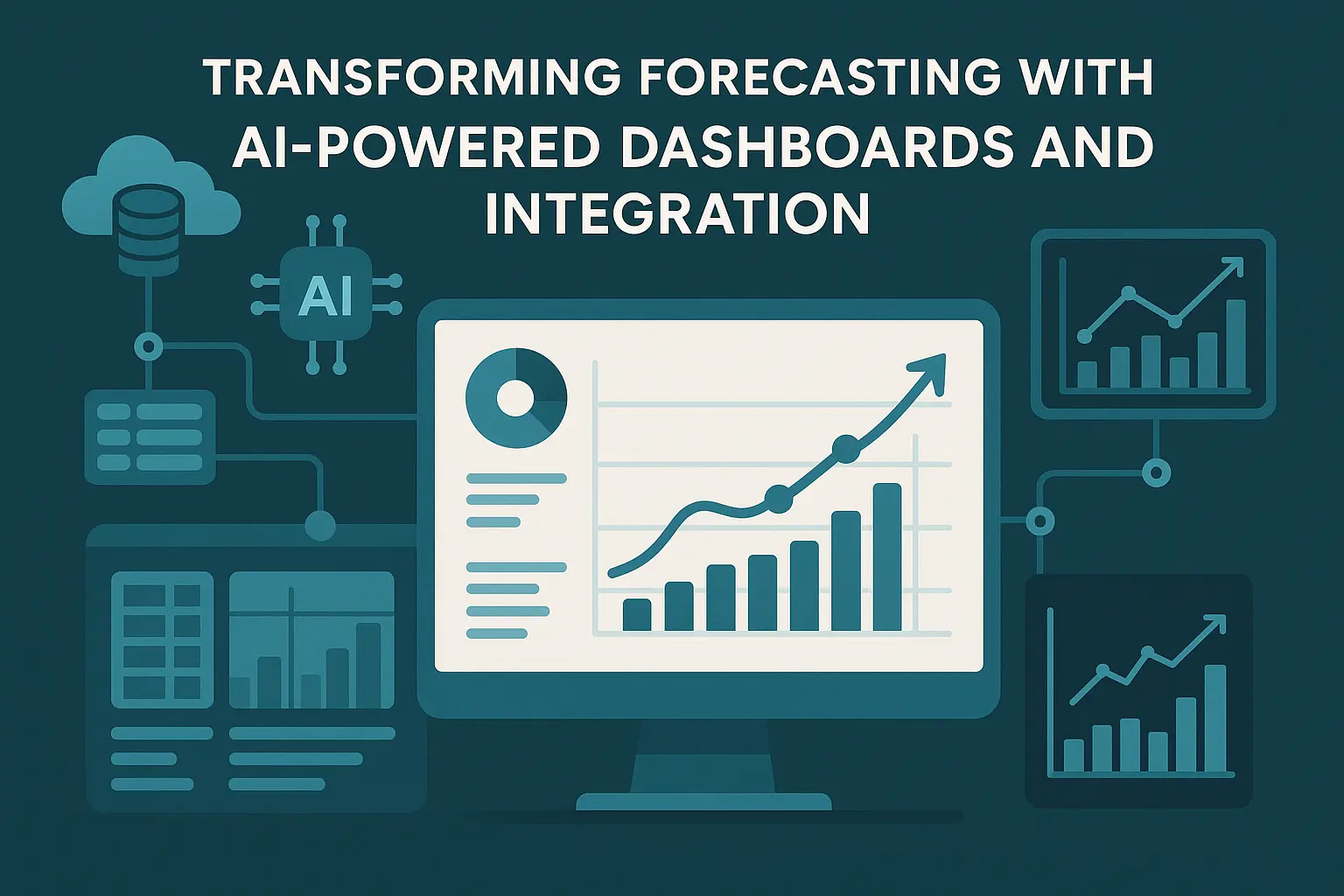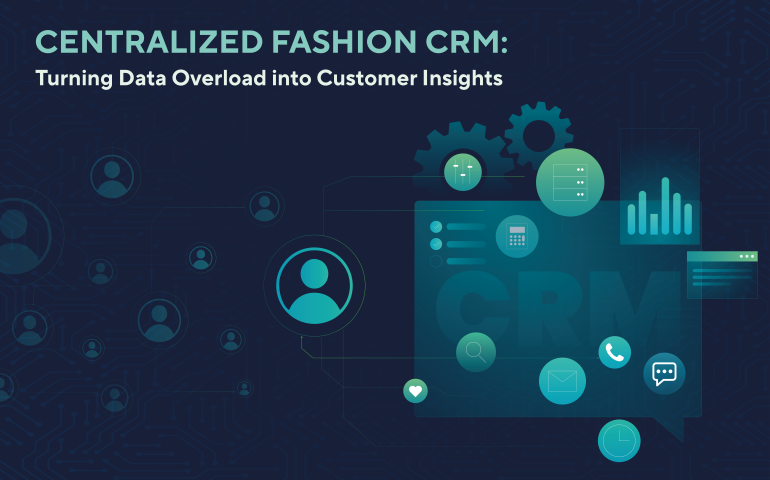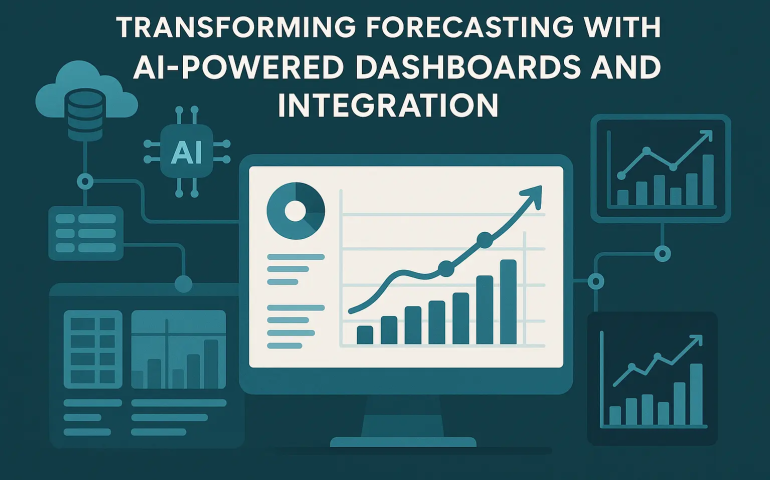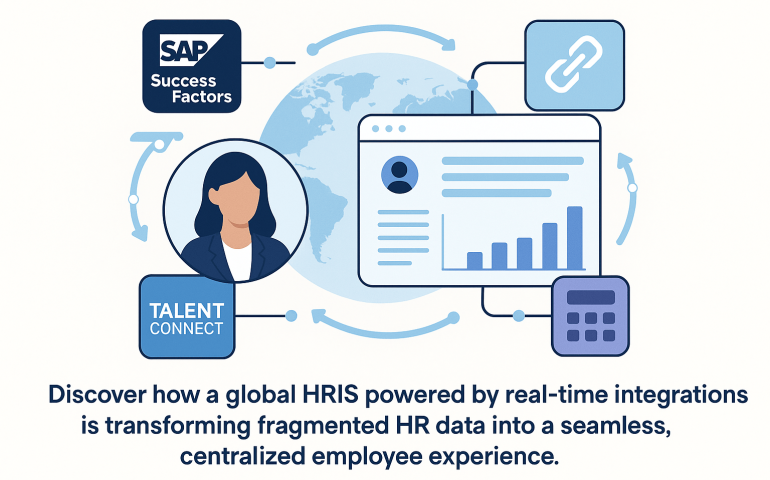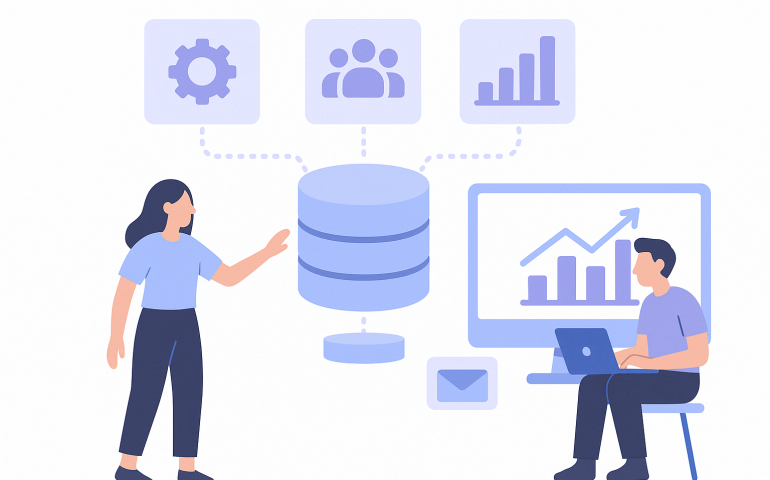Transforming Forecasting with AI-powered Dashboards and Integration
It started with a familiar frustration: data everywhere, but insight nowhere. Teams were surrounded by numbers, sales figures, supply chain reports, financial records but decisions were still being made on instinct. There was no shortage of information, just a shortage of clarity.
The transformation set ambitious targets: improving the supply chain service rate from 20% to 60%, reducing procurement costs by 20% through better demand prediction, and cutting storage costs by 15%.
So the company set out to change that, not with a flashy one-off solution, but through a quiet, methodical transformation, one that would reshape how data flows, how people work, and how the business thinks about the future.
The first step was laying a solid foundation. They took all their fragmented systems and brought them into a single, scalable environment. With the ERP system Sage X3 linked seamlessly to Google Cloud Storage, everything finally lived under one roof. The result wasn’t just technical efficiency but trust. For the first time, teams across departments could work from the same, reliable data, moving faster and more confidently.
But centralized data is only part of the story. It needed structure, meaning, and purpose. Using tools like Dataform, they built intelligent pipelines that transformed raw inputs into clean, reusable layers, models that could grow and adapt alongside the business. These weren’t static reports. They were living frameworks that turned information into action.
Once the data had shape, the real discoveries began. With BigQuery, the analytics team could dive deep into sales behaviors, logistics patterns, and resource flows. Trends that were once hidden in spreadsheets came alive in real time, guiding decisions that affected everything from procurement to production.
And then came the leap forward: prediction. In the R&D phase, time series models began forecasting demand, adjusting raw material orders, and projecting revenue by business unit. The early results were striking. Less waste. Fewer shortages. Better margins. Forecasting wasn’t just an exercise in guesswork anymore but a core driver of strategic planning.

But the biggest change was also the most visible. All the complex work behind the scenes : cloud systems, smart data models, predictions , came together in clear, easy-to-use dashboards with PowerBI. No more waiting for reports. No more guessing. Everyone, from sales to finance, could see what mattered and take action.
This wasn’t just about tech, it was about changing how the whole business thinks and decides.
From reacting to planning ahead. From scattered data to shared insight. And this is just the beginning.
